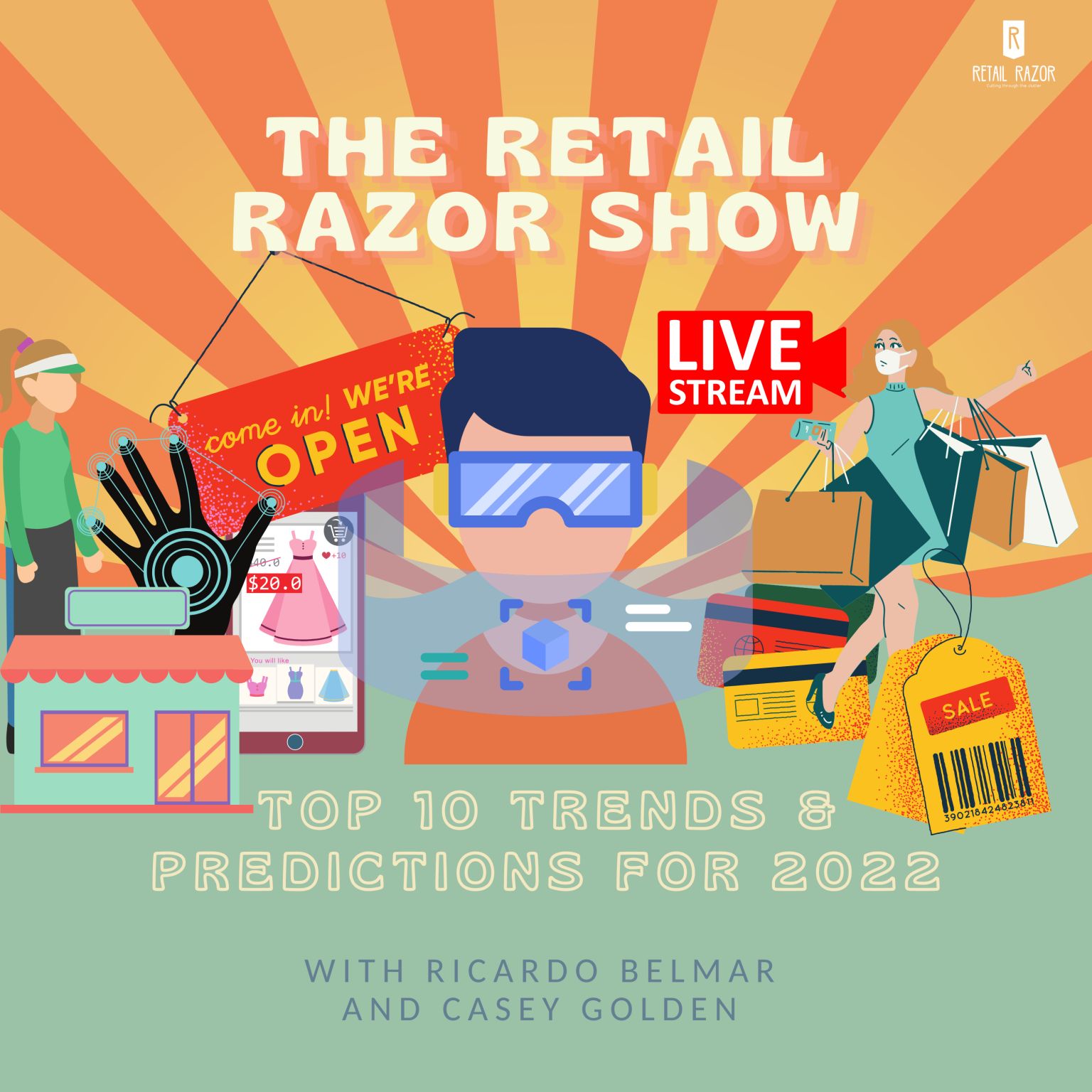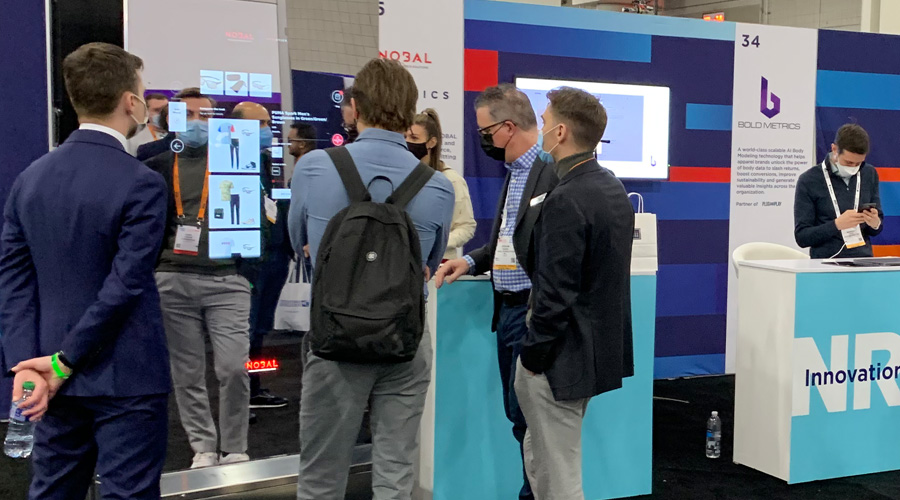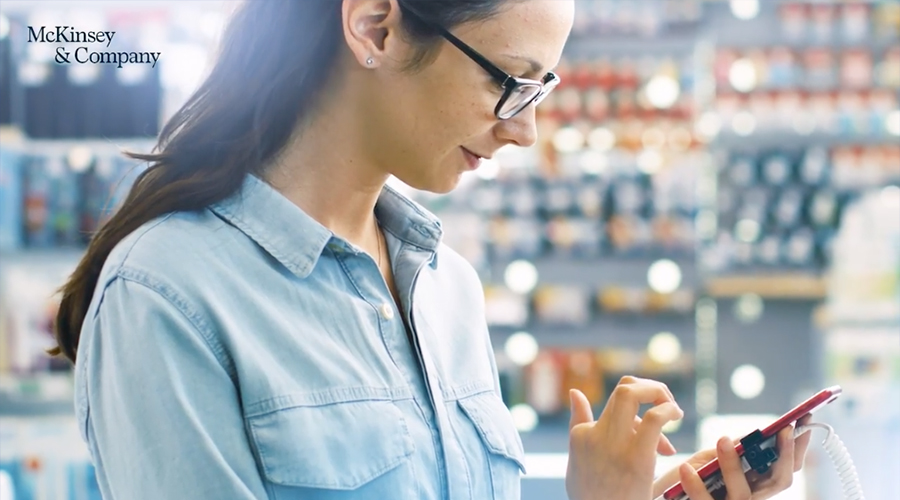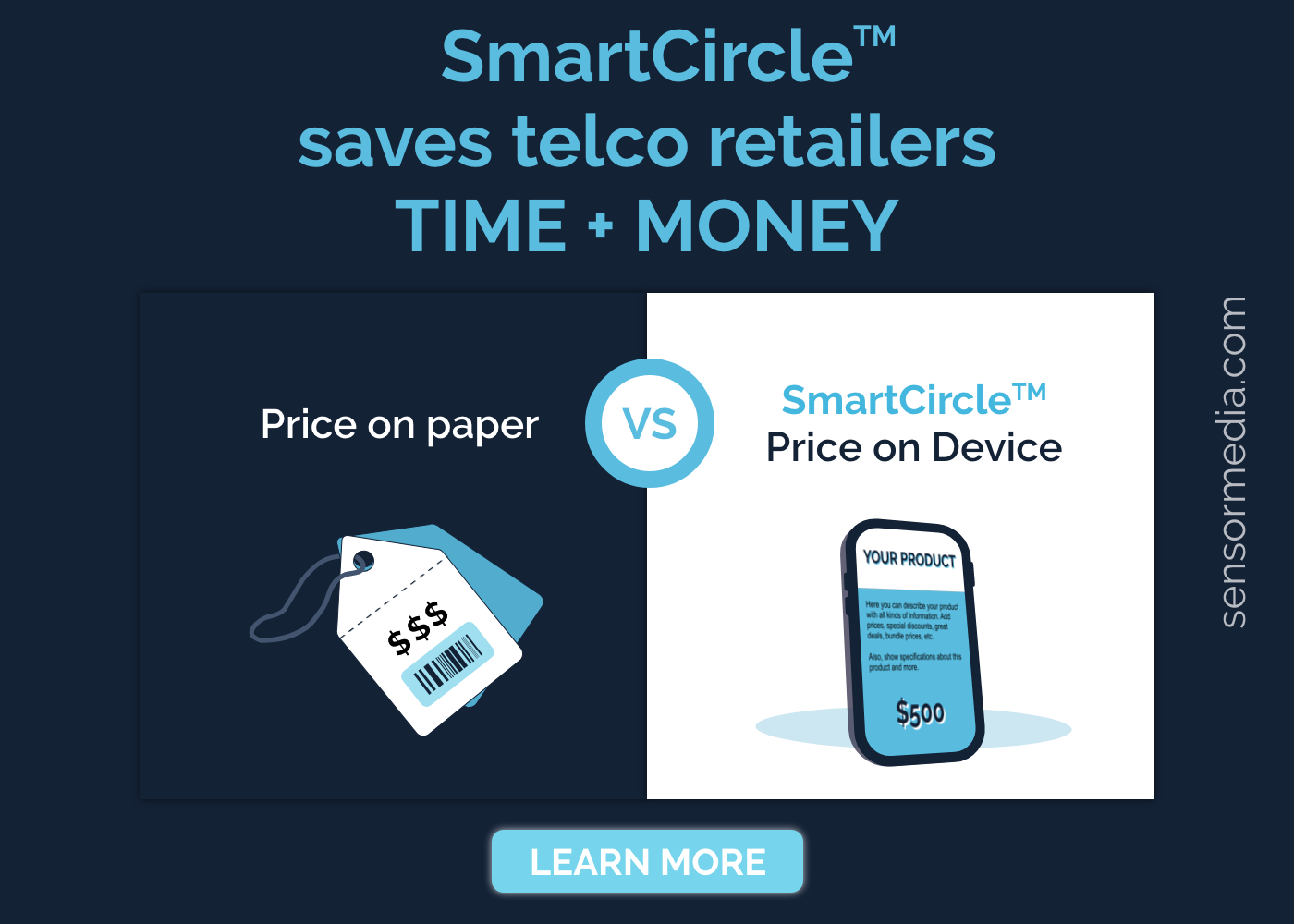Article Highlights:
This podcast episode – hosted by Ricardo Belmar, a RETHINK Retail Top Retail Influencer for 2022 & 2021 and Casey Golden, CEO of Luxlock – focuses on retail trends, and what they mean from a retailers perspective. The biggest takeaway is that if retailers are not willing to experiment and evolve, they’re going to be left behind by the brands that do. Partnering with tech solution providers is crucial to thriving, and the brick and mortar retailers who do this will have a competitive advantage.
They also highlight 10 additional trends, including:
1. Retailers with online marketplaces are going to expand. It’s not just Amazon benefiting from this. Best Buy, Home Depot, and Kroger are successfully selling promotional space on their sites and in-store. By doing so, they can not only increase revenue streams, but can also gain incredible customer data insights.
2. Pop ups and short-term leases are here to stay. Digital native brands, like Glossier are benefitting the most from this. Brands are seeing pops ups as an experiment that allows them to understand their customer better, and create a lasting connection long term.
3. Social commerce and live streaming is going BIG. Live streaming is already wildly popular in China and other Asian countries. Retailers have taken notice and are pivoting from hiring pricy influencers, to encouraging tech-savvy frontline staff and customers to live stream in-store, and about their products.
4. Personal shopping is getting better. Already a staple in the luxury segment, personal shopping will bleed into other segments with sales associates scaling their reach and being empowered to focus on customer experiences and sales. Doing so will help improve retailers’ performance while helping to build and engage talent.
5. Shopping experience revolution. Computer vision, AI, AR, VR, and other emerging tech will engage and immerse the consumer in new and bigger ways across all retail, from fashion to grocery. Technology will increasingly be utilized not only to automate mundane tasks, but to engage the customer, with a numer of startups already dominating this space.
6. Buy now pay later. Prices are going up, and consumers have less spending power, and as the need grows, so will this model and option for consumers.
7. Pervasiveness of AI, ML in operational analytics. This technology has been fruitful in supply chain management, and will continue to evolve into predictive and prescriptive analytics with every functional area expected to be touched by AI soon. From analyzing intention to return, to helping to drive transparency around sustainability of products, analytics derived from these technologies will drive retail strategy.
8. Rapid delivery- hyper focused deliverability. The cost of rapid delivery services is proving to be challenging to retailers, with associated extra costs being incurred by the consumer. This trend is expected to slow, particularly in rural communities and as pandemic winds down, with significant consolidation likely to occur.
9. Low code + no code software development. Level of adoption of low code is already huge, but it will get faster and further integrated. Reports on performance, success, and impacts on conversion can now be measured and produced in a fraction of the time, with marketing, store ops, and merchandising are all benefiting.
10. Web 3.0 is being adopted faster than retailers can understand it. NFT’s, the metaverse, and crypto are being adopted rapidly by consumers, and some retailers have wisely partnered with third parties to integrate into Web 3.0 and learn as they go. Shopify will start selling NFT’s, Nike is preparing for the metaverse, and Balenciaga has created an internal department dedicated to the virtual world. We don’t know what the future will look like for retailers in Web 3.0, but not participating is a huge risk.







